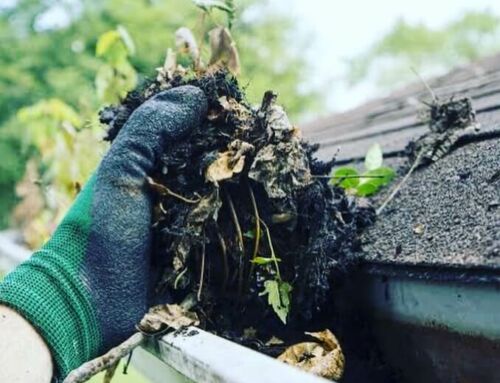
Tips to avoid an indoor flood
Keeping your home safe from an indoor flood
Water damage impacts thousands of Australian homes every year. Extreme weather incidents and even something simple like a burst flexi hose can cause thousands of dollars in damage and create an indoor flood in your home.
Water damage incidents are one of the most common reasons to make an insurance claim. We know that insurance offers important financial protection and can cover the cost of repairs for insured events, but the emotional and psychological cost of an incident can be significant.
What are the issues?
Wear and tear, such as a leaking pipe that becomes a more significant problem over time, may not be covered by your home insurance. So, maintaining your home – alongside insurance and other protection measures is an investment well worth considering.
Pipe issues and leaks are the leading causes of water damage according to QBE’s data and research, but several other factors also contribute to the large volume of water damage incidents and claims.
Burst or blocked pipes account for almost 50 per cent (45.5%) of water damage, while damage to flexi hoses (8.2%), damaged roofs (27.2 %) and old or worn-out plumbing (27.2%) are also behind incidents,
Overflowing baths, sinks and showers were responsible for 13.4 per cent of water damage incidents, while clogged drains accounted for a further 13.4 per cent.
So, it’s not surprising most incidents occur in the bathroom or kitchen. In many homes, these rooms haven’t been renovated for years, so their plumbing and water protection safeguards are compromised by age.
What can you do to protect your home?
You can protect your home and significantly lower risk by taking precautions, understanding tell-tale water damage warning signs and conducting regular home maintenance.
Step 1: Take simple precautions
- Make sure drains aren’t obstructed – Make sure things like bathmats and furniture don’t obstruct drains.
- Keep sinks draining – Keep pipes unclogged by checking for food, grease, hair etc. Use strainers on plug holes and drains.
- Don’t leave appliances running unattended – Responding to something while you’re home can be the difference in the event of a leaky disaster.
- Know where your water main is and how to turn it off – Turning off your water main can save you from a disaster.
Step 2: Look for signs
- Check out the grout – Check out for worn or missing grout and any signs of sealant damage. Even if a small amount is missing, it can cause an issue.
- Pay close attention to flexi hoses – Check every couple of months for moisture on the hose, expiry dates and any signs of protruding wires. The last thing you want is an indoor flood because your flexi hose bursts.
- Look for other tell-tale signs – Warped walls or damp patches on floors, walls and ceilings can indicate a leaking pipe. Check your hot water units for any overflow which could signal the system is not working correctly. Look for any movement in paths and driveways, which could also indicate a leaking pipe.
Step 3: Schedule a home health check
While a lot of maintenance can be simple, other tasks need an expert’s touch. It’s smart to get professionals in at least once a year. As the most common areas for damage, kitchens and bathrooms should be at the top of the list. The older the kitchen or bathroom, the more chance there is of something going wrong.
Scheduling an annual home plumbing health check is a smart investment. Here’s what it should include:
- Check your water pressure – A plumber can check your water pressure – and if it is low, it could signal there’s a leak somewhere in the property.
- Check your pumbing, fittings, and appliances – Checking things including flexi hoses, pipes, plumbed appliances, cisterns and tap fittings is essential – minor repairs can save you significantly later.
- Check any damage to the tiles or your metal roof – It’s also smart to get a handyperson or tradesperson up on your roof to check for any damage to the tiles or your metal roof. Some damage can be repaired on the spot.
What if something does go wrong?
Insurance can provide financial protection against water damage and cover for temporary accommodation if a home is left unliveable after an event. It’s a good idea to check you have adequate home and contents cover and that your sum insured is up to date. Always act quickly in the event of a water damage or plumbing emergency. Make sure everyone is safe, turn off the water at the mains to prevent any further damage and contact a plumber and your insurance company or broker as soon as possible.
7 quick tips for minimising the possibility of water damage at home
- Use a home maintenance checklist to keep on top of any wear and tear
- Get in the habit of conducting regular visual inspections of sealants and grout – for example, when cleaning
- Check flexi hoses every two months for moisture and any signs of damage
- Familiarise yourself with the location of your mains, and how to turn the water supply to your home off
- Turn off the mains if you’re going on holiday and have someone you trust to check in on your home
- Keep your plumber’s contact details handy
- Organise an annual home health check to make sure everything’s in working order – and to enable you to make wear and tear repairs before they turn into something more serious


